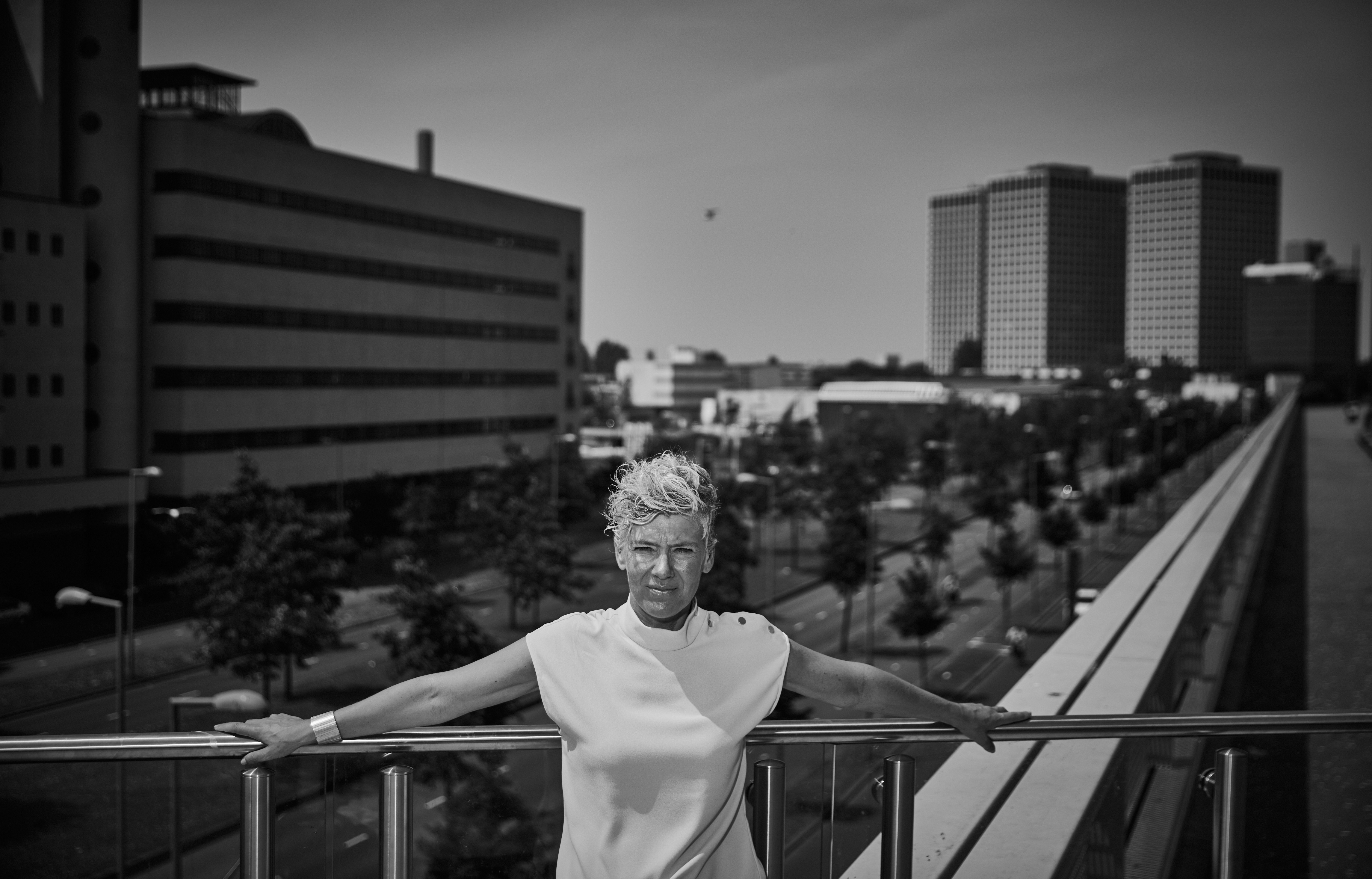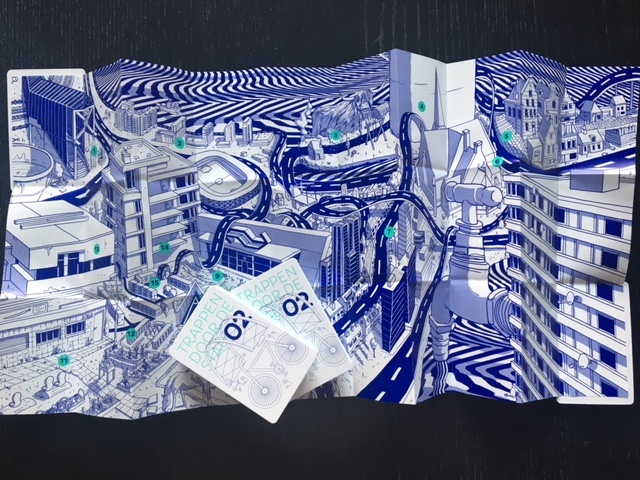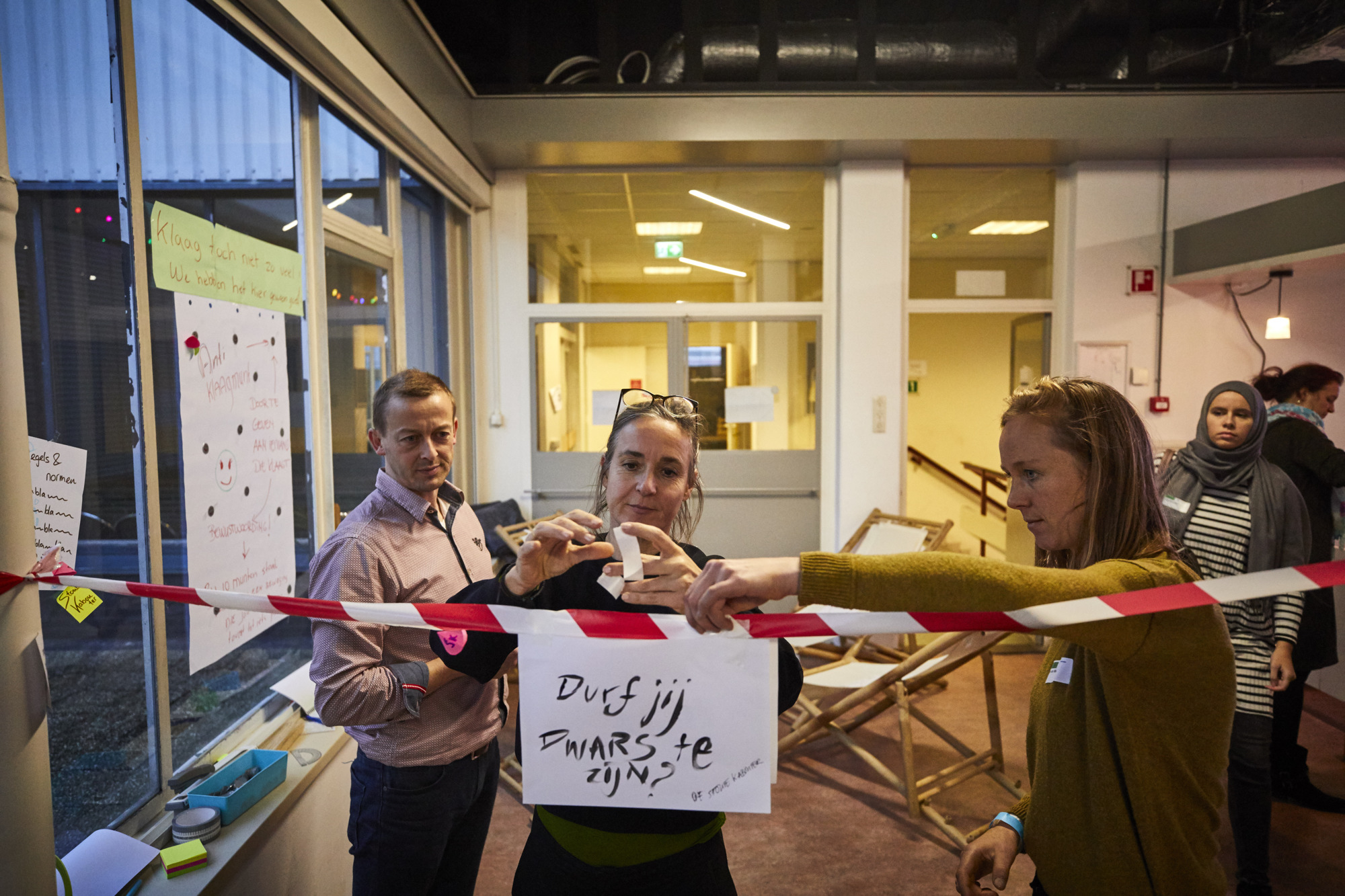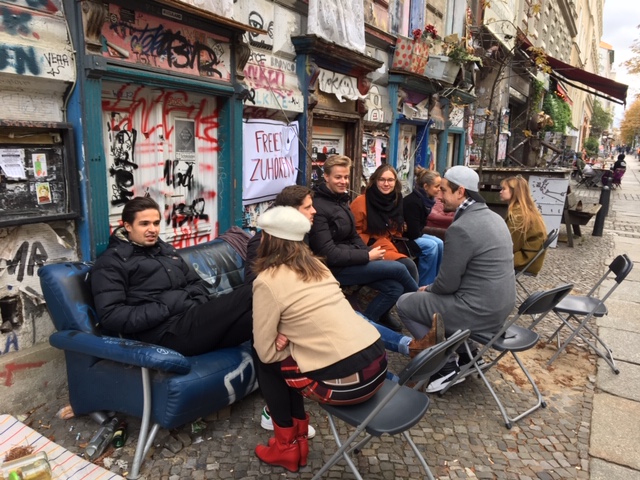Business as usual? Not any more! In recent years it is getting clearer and clearer that hardly any business or societal task can continue to operate in the same way. Many systems, such as our democracy, financial system, ways of organising and communicating within our companies and organisations have cracked or even broken. However, the alternatives aren’t always clear either. Fortunately, in many organisations, businesses, branches, cities and regions, movements, e.g. in sustainability or empowerment, are being formed to create an alternative future. These movements need another kind of communication, from the traditional corporate communication.
A communication that stands between the innovators and change agents and is co-created with them. That focuses on change that wants to happen, instead of dictating what must happen. Not an omniscient communication, but one that is open to discover the future together with the participants. A communication that addresses the intuition and experiments freely and eagerly with a great diversity of work forms and (artistic) concepts. Because it is one thing to know that we need to do things differently. To actually act in a different way, is a whole other thing!
I (Esther Barfoot) call it activist communication. Activist communication can take many different forms and many different styles. Scroll to the bottom of the page to see a variety of examples. In the lines below I will explain briefly what it is activist communication does and what are the driving principles.
What does activist communication do?
- It stands between and is co-created with the innovators and change agents;
- It harvests stories from the undercurrent (the rebels, the innovators, the change agents; basically, everybody with an itchy paradigm);
- It gives words to new concepts;
- It spreads valuable ideas;
- It keeps the dialogue alive;
- With the goal to kiss the future awake.
- In short: Change is changing the conversation.
But what else differentiates activist communication from the classical internal and external communication? Here are eight driving principles:
- Activist communication focuses on what wants to happen, instead of what must happen. It is oriented toward stimulating change, not forcing it.
- It is not an omniscient communication, that preaches vision, mission and company values, and has all the answers. But a communication that wants to discover the future, together with the participants. Because we don’t have all the answers.
- That means activist communication doesn’t act from within command and control or corporate communication, but it stands between the curious, the innovators and the change agents. Everybody who is in the process of emancipation and wants to discover a better future.
- It is therefore the communication of the undercurrent, not of the mainstream.
- It is communication from the consciousness that everybody makes their own personal journey, but in good company.
- Thinking and doing. There is no separation between thinkers and do-ers. Everybody does the thinking, everybody does the doing.
- Activist communication speaks to intuition. Rationally, we may be aware we need to make a change. But, getting into action is apparently something completely different. It seems like we have to speak to another part of the brain. Activist communication therefore makes use of a great diversity of work forms and (artistic) concepts.
- It is a communication that experiments freely and eagerly.
Examples of activist communication
Al these examples are only part of the diverse activist communication concepts I have developed for these movements. You can read about the whole concept over here.



